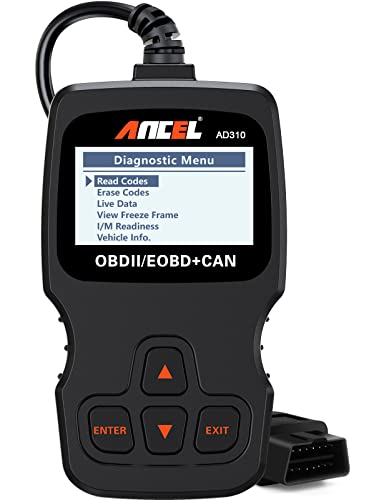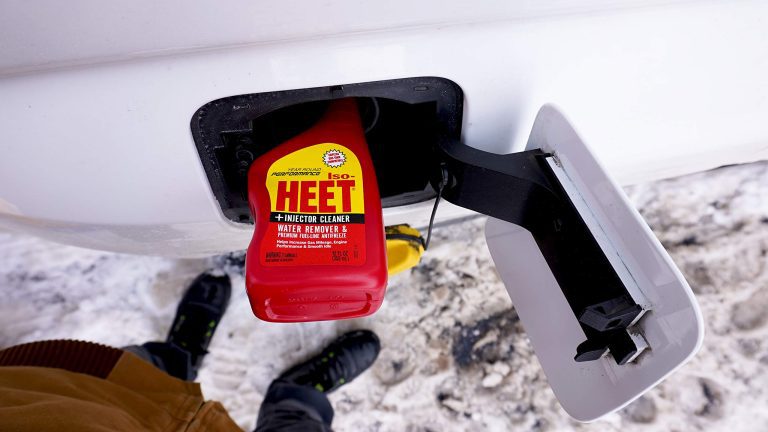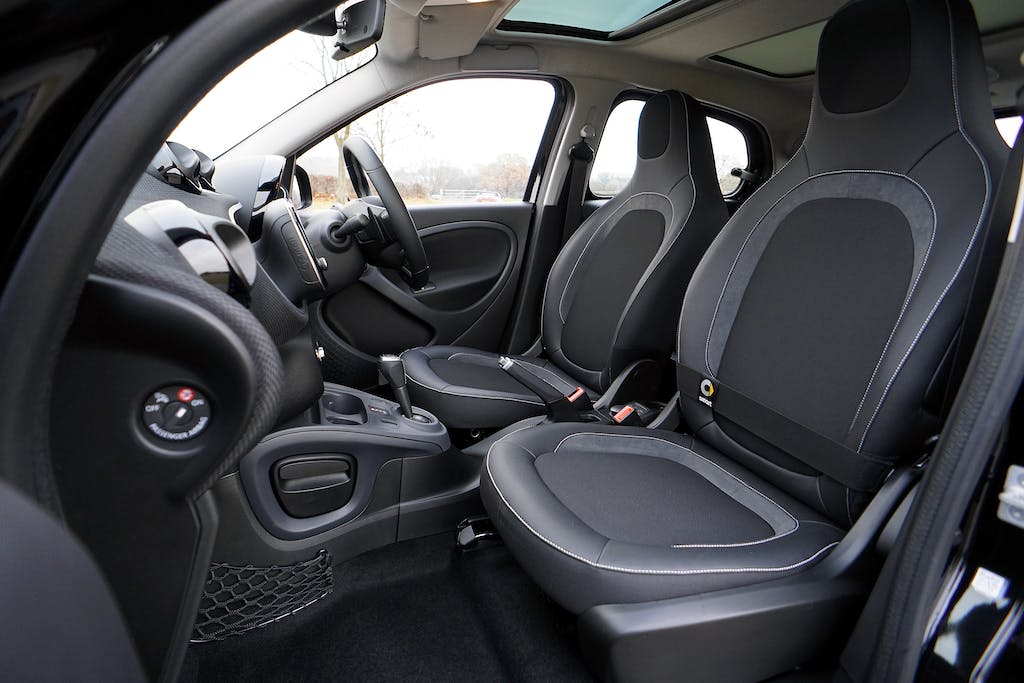What is a Deductible for Car Insurance?: Unveiling Costs
A deductible for car insurance is the amount you pay out-of-pocket before your insurer covers the remaining costs. It affects your premium; higher deductibles usually mean lower premiums.
Understanding car insurance deductibles is crucial for every vehicle owner. A deductible represents the initial expense you must cover in the event of a claim. Choosing the right deductible impacts your insurance premium and overall costs. For instance, selecting a higher deductible can lower your monthly payments but may result in higher out-of-pocket expenses during a claim.
Conversely, a lower deductible increases your premium but reduces your immediate costs after an accident. Assess your financial situation and driving habits to find the best balance between deductible and premium. This decision plays a significant role in your insurance strategy.
The Essence Of Car Insurance Deductibles
A deductible is the amount you pay before your insurance helps. It reduces your claim amount. For example, if your deductible is $500 and you have a $2,000 claim, you pay $500. The insurance covers the remaining $1,500.
Choosing a higher deductible can lower your monthly premium. This means you save money each month. However, it also means you pay more out of pocket during a claim.
Understanding your deductible helps you manage costs. Always consider your budget and how often you might use your insurance.
Types Of Deductibles In Auto Insurance
Collision deductibles apply when your car hits another vehicle. You pay this amount before insurance covers the rest. This helps with costs after an accident.
Comprehensive deductibles cover non-collision events. This includes theft, vandalism, or natural disasters. Similar to collision, you pay this amount first.
Uninsured motorist deductibles protect you from drivers without insurance. If an uninsured driver hits you, this deductible helps cover your costs. Knowing these deductibles is important for better coverage.
Choosing The Right Deductible Amount
Choosing the right deductible amount is essential for car insurance. A deductible is the amount you pay before your insurance covers the rest.
Several factors impact your decision. First, consider your financial situation. A higher deductible means lower monthly payments. But, this can lead to higher out-of-pocket costs during a claim.
Next, think about your driving habits. If you drive often, a lower deductible might be safer. If you drive less, a higher deductible could save you money.
Lastly, assess your risk tolerance. Some people prefer lower risks and costs. Others may be comfortable with higher risks to save on premiums.
The Financial Implications Of Deductibles
Car insurance deductibles play a big role in your overall costs. A deductible is the amount you pay before your insurance kicks in. Higher deductibles usually lead to lower monthly premiums. This means you save money each month but pay more out-of-pocket during an accident.
Choosing a low deductible may raise your premium. You might pay more each month, but you’ll pay less when accidents happen. Balancing your deductible and premium is important for your budget.
After an accident, you’ll need to pay your deductible first. This amount can vary widely. Knowing your deductible helps you understand your total out-of-pocket expenses. Being prepared can ease some financial stress when accidents occur.
Deductibles In Action: Filing A Claim
Filing a claim involves several steps. First, report the accident to your insurance company. They will guide you through the process. After the claim is filed, an adjuster will review the details. This review includes assessing damages and costs.
The deductible is the amount you pay before insurance kicks in. For example, if your deductible is $500 and the repair costs $2,000, you pay $500. Your insurance covers the remaining $1,500. Understanding this helps you prepare for expenses.
Deductibles can vary based on your policy. Choosing a higher deductible can lower your premium. It’s essential to balance your deductible with your financial comfort. Always review your policy to know your specific deductible amount.
Deductibles And Discounts: Lowering Your Costs
Safe Driver Rewards can help lower your car insurance costs. Drivers with a clean record may receive discounts. These rewards can also lead to a deductible reduction. A lower deductible means less out-of-pocket expense during a claim.
Loyalty Discounts are another way to save. Staying with the same insurance company often brings benefits. Customers who bundle multiple policies can enjoy even bigger savings. This can further reduce deductibles and overall costs.
| Discount Type | Benefit |
|---|---|
| Safe Driver Rewards | Lower premiums and deductibles |
| Loyalty Discounts | Additional savings for long-term customers |
| Multi-Policy Discounts | Bundling policies for lower rates |
Common Myths About Deductibles Debunked
Many people believe that a higher deductible means better coverage. This is not always true. A deductible is the amount you pay before insurance kicks in. A lower deductible might cost more monthly but offers better immediate help.
Some think they can skip understanding deductibles. This can lead to unexpected costs during accidents. Knowing your deductible helps you budget for repairs or claims.
Another myth is that all claims affect your deductible equally. Each claim is different, and some might not involve your deductible at all. Understanding these differences can save you money.
| Myth | Reality |
|---|---|
| Higher deductible means better coverage. | Deductibles affect your out-of-pocket costs, not coverage quality. |
| Deductibles are the same for all claims. | Each claim can have different deductible implications. |
Navigating Deductibles For Different Vehicle Types
Understanding deductibles is important for all vehicle types. Cars, SUVs, and trucks have different deductible amounts. Typically, cars have lower deductibles than trucks. SUVs might fall in between. Higher value vehicles often have higher deductibles.
Specialty vehicles require special attention. Classic cars or luxury vehicles may have unique considerations. Their deductibles can be higher due to the vehicle’s value. Always check for specific terms in your policy. This helps avoid surprises later.
Frequently Asked Questions
What Is A Car Insurance Deductible?
A car insurance deductible is the amount you pay out-of-pocket before your insurance coverage kicks in. It applies to claims for damages or losses. Choosing a higher deductible often lowers your premium but increases your initial costs in case of an accident.
How Does A Deductible Work In Car Insurance?
When you file a claim, the deductible is subtracted from the total claim amount. For example, if your repair costs $1,000 and your deductible is $500, you’ll pay $500, and your insurer will cover the remaining $500. This process helps manage costs for both you and the insurer.
Why Should I Choose A Higher Deductible?
Choosing a higher deductible can lower your monthly premium significantly. This option may be ideal if you are a safe driver and rarely file claims. However, ensure you can afford the higher out-of-pocket expense in case of an accident.
Can I Change My Deductible Later?
Yes, you can usually change your deductible amount at any time. Contact your insurance provider to adjust your policy. Keep in mind that changing your deductible may affect your premium costs, so evaluate how it fits your budget.
Conclusion
Understanding your car insurance deductible is crucial for making informed decisions. A higher deductible often means lower premiums, but it increases your out-of-pocket costs during a claim. Weigh your financial situation and driving habits carefully. This knowledge empowers you to choose the best coverage for your needs and budget.






